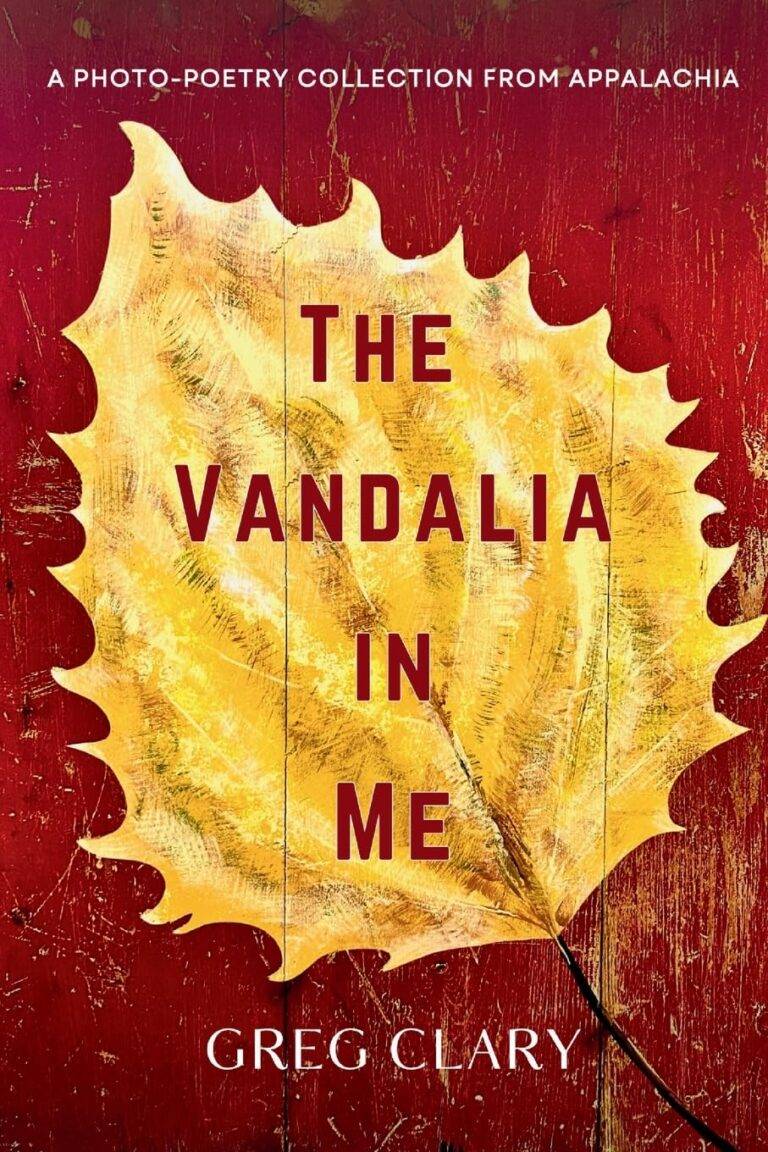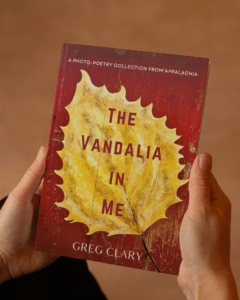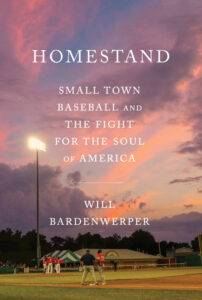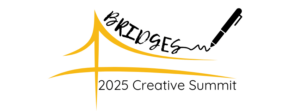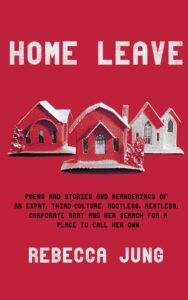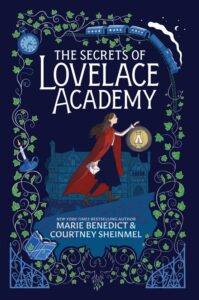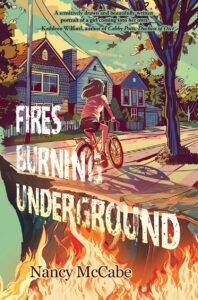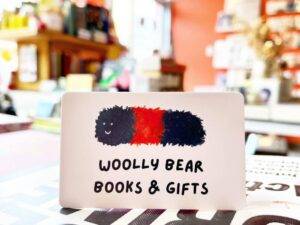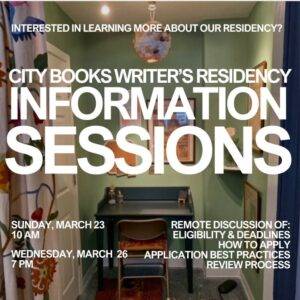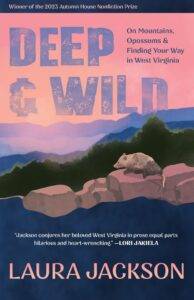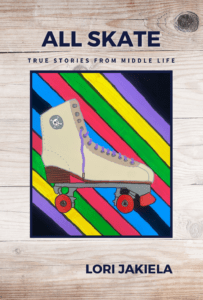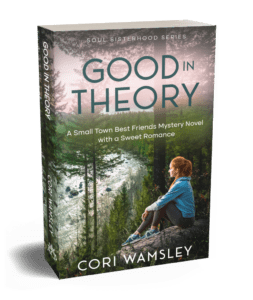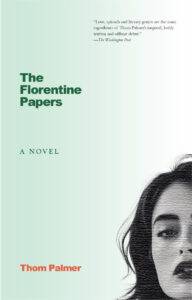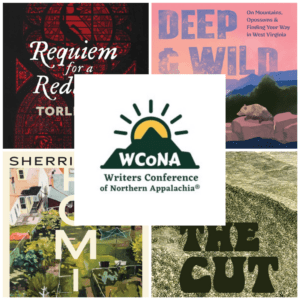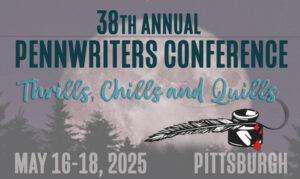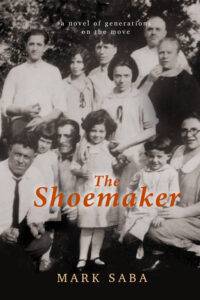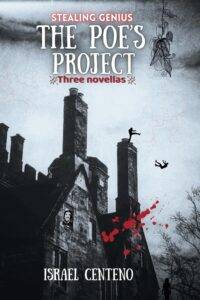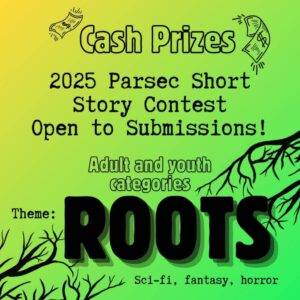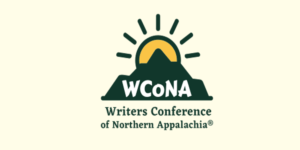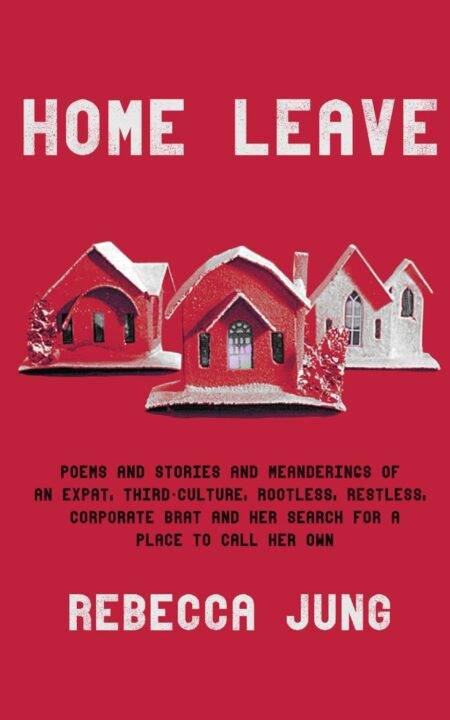“Clary is the Whitman of West Virginia, honoring the laborers, the precious encounters, the deeper wisdoms. He understands intimately that life itself is poetry.” —Philip Terman, author of My Blossoming Everything and This Crazy
From the Publisher: “The Vandalia in Me is a collection of poems and photographs from an author who has lived in Appalachia for his entire life. First on his family’s homestead in southern West Virginia, then for the past 40 years in the northwestern Pennsylvania Wilds.
These poems and photographs are rooted in the author’s personal experiences and observations of the Appalachia he loves and the people and events he has encountered along the way.
These images and words share the common theme of seeking beauty among the ordinary and infusing them with respect and significance…”
The Vandalia In Me is available at Watershed Books in Brookville, PA and Sparrow Books in Clarion (and directly from the publisher).
More info About the Author: Greg Clary was born and raised in Turkey Creek, West Virginia, and now resides in the northwestern Pennsylvania Wilds. He earned his Bachelor’s and Master’s degrees from Marshall University, his Ph.D. from Kent State University, and is Clarion University Professor Emeritus of Rehabilitation and Human Services.
His photographs have appeared in many publications including The Sun Magazine, Looking at Appalachia, Rattle, Hole in the Head Review, Pine Mt Sand & Gravel, Tiny Seed Journal, The Watershed Journal, About Place, Change Seven, Appalachian Lit, Bee House Review, Fourth River, and many more.
His writing and poetry have been published in Rye Whiskey Review, The Bridge, Pine Mt. Sand & Gravel, Northern Appalachia Review, Pittsburgh Post-Gazette, Waccamaw Journal, Anti-Heroin Chic, Trailer Park Quarterly, Rust Belt Review, Clinch, Black Shamrock Magazine, Tobeco. and Wild Wind: Poems and Songs Inspired by the Songs of Robert Earl Keen.
He is co-author of the ekphrastic photography/poetry book, Piercing the Veil: Appalachian Visions (2020).
“I’ve never seen poor and working-class folks and the places they go to save themselves photographed with such honesty. The shots of even the most rundown bars are filled with the brightness of dreams and possibility. I’ve never seen anyone photograph an American flag…with more meaning and compassion.” —Dave Newman, author of She Throws Herself Forward to Stop the Fall and East Pittsburgh Down Low
HEAD ON INTO THE DIRT: AN INTRODUCTION TO GREG CLARY
I was going to crack a joke to start this introduction, to say what a bargain you’re holding, a great collection of poems and a great collection of photographs, all bundled together for the price of an upscale six pack. But this book is something special, and it delivers plenty of laughs on its own, funny lines mixed with a fierce beauty and the great hardships so many people are experiencing around the country.
The Vandalia Greg Clary creates is as real as Raymond Carver’s Pacific Northwest or Flannery O’Connor’s South. It’s a wild place filled with love and dreams. His world is an Appalachia Ann Pancake would love, one filled with deer hunting, rivers, and family. Biscuits and fried green tomatoes. It is hospital visits and rough bars and demolition derby. But it’s also Mike Tyson dropping in for some common-sense dialogue and Amish folks with cheap reels fishing on the river. It’s a young person from West Virginia stumbling around New York City, looking to take the best things home. The unexpected in this collection makes the expected all the more exciting. I love hearing about Jerry Jeff Walker—outlaw and songwriting hero—drunk after a show, giving advice. I love all the dying friends and relatives believing we’ll meet up in Heaven.
I doubt many poets could link up Hank Williams, Henry David Thoreau, and a generous pool hustler named Chalk Eye, but they’re all here, working for a better world. The music is endless: Del McCoury, Stonewall Jackson, the Jerry Garcia Band.
It’s easy to find bad things in the world. Hunter Thompson, when the drinking and drugs had taken his talent, mostly sounded like a complainer. Lester Bangs built a career out of humiliating musicians. Step into the internet and someone will tell you we’re all ruined.
Greg Clary’s art rejects the simple notions of doom. I don’t mean to say that these poems and photographs turn away from the messiness of the world. The bad is here. You can end up in a jail cell for a couple drinks. You can get punched for almost nothing. Buildings fall apart and rot.
But the good news and the bad news sit side by side in this book.
Here are the radio preachers condemning us all. Here are the lost dreams of Richard Brautigan and the hippies. I don’t want to give away too much, but this line, “Someday Love will die, and Time will bury it,” is one of the saddest I’ve ever read.
Then you find a poem capturing the spirit of an elementary school teacher.
Then you see a photograph of the most beautiful dive bar ever.
The hope here is bountiful.
I’ve never seen poor and working-class folks and the places they go to save themselves photographed with such honesty. The shots of even the most rundown bars are filled with the brightness of dreams and possibility. I’ve never seen anyone photograph an American flag—whether on boots or hanging in a window—with more meaning and compassion. The characters in these pages fall because that’s what people do. But after the headline, after the mistake—that’s what Greg Clary does so well. This is how we’re all still loved. This is how we all have a chance, even after chance. His poem about Johnny Paycheck is as good as Bukowski’s poem about Borodin. His poem about hitchhiking to Florida is Jack Kerouac dunked in the spirit of West Virginia.
The dialogue in these poems crackles with realism, the kind of language that sounds perfect in a John Sayles film or in a documentary about Harlan County. The characters look and sound like Hemingway if Hemingway had grown up in a holler.
If I were writing a blurb for this book, or if I were just recommending it to a friend, I’d use this word: dignity. It’s an idea completely lost in popular American culture, but here’s a guy from a tiny town in West Virginia, who ended up a professor, who is old enough to be dead but still loves to hunt and fish, who—through some miracle—found a pen and a camera after he retired and captured a small world with the widest possible lens.
Thank god for art and those who make it.
Thank god for Greg Clary.
I hope you enjoy this book as much as I did.
–Dave Newman, author of She Throws Herself Forward to Stop the Fall and East Pittsburgh Down Low
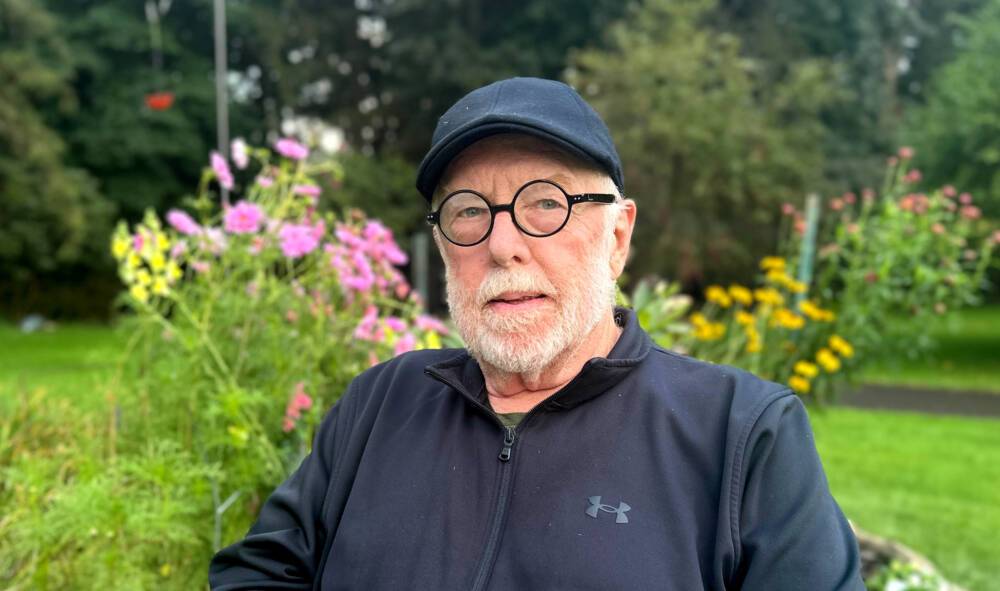
What kind of poetry do you write?
My poetry is rooted in my personal experiences and observations of the people, events, and locales around me. Sometimes it takes years before I am in a position to examine something in any type of meaningful way. My poems serve as a catalyst for self-reflection and when it is working, I may discover hidden truths, unresolved emotions, and a newfound perspective on past events.
How’d you begin writing poetry?
I began writing poetry only after I had retired as a college professor, a career characterized by a steady stream of academic writing such as analytical reports, critical evaluations, course syllabi, research documents, and persuasive grant proposals.
Soon after retiring, I participated in an incredible 6-week Creative Nonfiction workshop in Pittsburgh that inspired me to continue writing creatively for my own enjoyment. I then became involved with the Watershed Journal Literary Group in Brookville, and began writing poetry for the first time. I interacted with many talented writers and poets in our region who, in turn, have been tremendous sources of encouragement and guidance for me. Some of my pieces were published in regional and national literary journals and now my first book of poetry from Meraki Press.
What does poetry mean to you?
Poetry is a portal into my identity. A means by which emotions, thoughts, and experiences may be distilled into subtle, sometimes enlightened, expressions of my life.
What’s the last poem or poet you read that inspired you and why?
I am currently reading The Trouble with Poetry, by Billy Collins. His work is accessible to me and infused with humor and insightful observations of the mundane aspects of life. He has a knack for transforming the familiar into the extraordinary. In the poem, Monday, Collins writes:
The birds are in their trees,
the toast is in the toaster,
and the poets are at their windows.
That captures the essence of my approach as a poet: an observer gazing out trying to make sense of it all.
Anything else?
This new book also includes my photographs arranged thematically with various poems. Some are wildlife and landscape images from western Pennsylvania and my West Virginia home place, while others focus on ordinary scenes and unremarkable objects.
Poets and photographers seek to authentically frame their own perspectives. My poetry and photography share the common theme of seeing beauty among the mundane and infusing them with a sense of significance.


